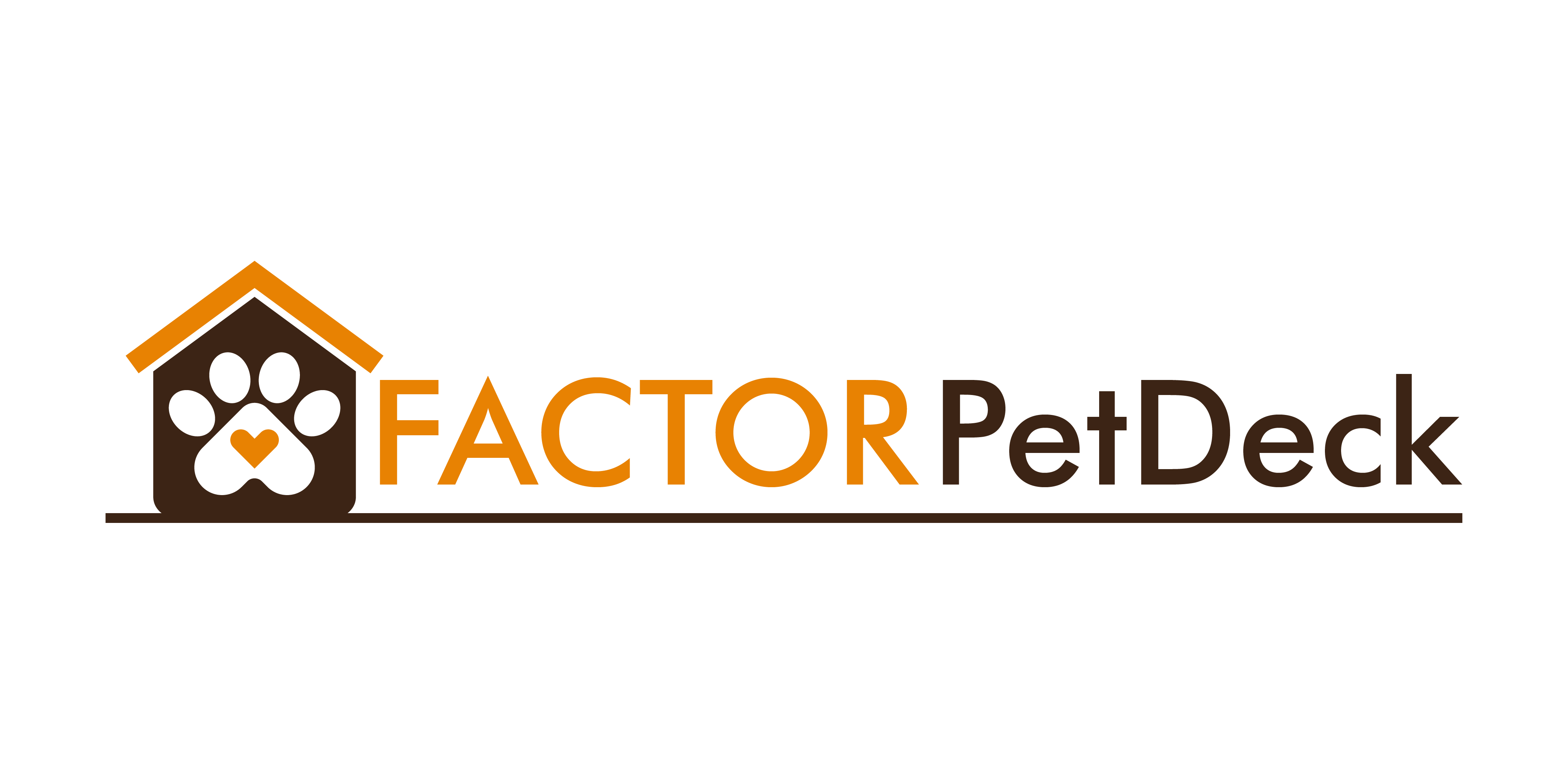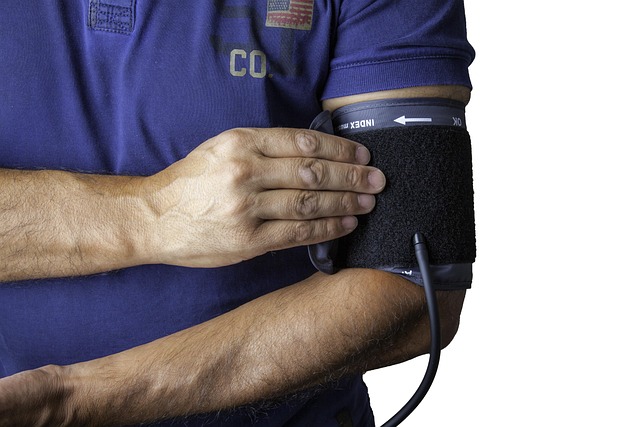Quick Snapshot: What’s Moving the Needle
Veterinary medicine didn’t hit pause this month. It pushed forward—fast. From smarter diagnostic AI to more personalized treatments and deeper use of telehealth, the landscape is shifting underfoot. Clinics are rolling out new tools; at-home devices are giving pet owners real-time insights; and policy updates are tightening the guardrails on safety and compliance.
Why does this matter? Because what you don’t know can slow you down—or put a patient at risk. For professionals, staying current isn’t optional if you want to deliver the best care. For pet owners, awareness helps you ask better questions and make better decisions. Either way, the only way to keep up is to move with the field, not behind it.
Breakthrough 1: Advancements in Telemedicine for Pets
Telehealth in veterinary medicine isn’t just a pandemic-era patch anymore—it’s now a permanent fixture, and it’s scaling fast. Clinics are broadening access to virtual consults, using secure video calls and chat tools to reach pet owners who can’t make it into the office. Rural areas and mobility-restricted clients are seeing the biggest benefits, but even busy urban pet parents are turning to this on-demand care with increasing frequency.
On the hardware side, wearable devices for animals—think smart collars, biometric patches, GPS trackers—are no longer niche. Some can flag early signs of issues like heat stress, respiratory distress, or irregular heart rates. These data streams are feeding into remote assessments, giving vets a fuller picture before, during, and after tele-consults.
In practice, this shift means daily workflows are changing. Instead of triaging only what’s in the building, teams are now managing hybrid caseloads: in-person exams, remote monitoring, and quick digital follow-ups. Efficiency goes up, as does continuity of care. For clinics that embrace the model, the barriers between vet and pet parent shrink—and that opens up room for stronger outcomes and cleaner communication.
Breakthrough 2: Targeted Therapies and Precision Medicine
The era of one-size-fits-all treatment in veterinary medicine is fading. In its place, precision medicine is taking root—offering a future where therapies are tailored to each pet’s unique genetic and clinical profile.
Genetics at the Forefront
Understanding a pet’s genetic makeup is no longer limited to breed identification. Today, vets are utilizing advanced genetic testing to:
- Identify predispositions to diseases early
- Customize treatment plans based on individual risk factors
- Optimize medication selection and dosing to reduce side effects
This means more accurate diagnoses and more effective interventions—especially for chronic conditions.
Tackling Chronic Conditions with Targeted Solutions
Pets living with arthritis, diabetes, and other long-term conditions now have access to specialized therapies designed for their specific needs.
- Anti-inflammatory drugs tailored to specific canine genotypes
- Insulin regimens adjusted based on real-time glucose data and breed-specific responses
- Nutritional plans aligned with a pet’s metabolic and genetic profile
These advancements aren’t just helping pets feel better; they’re changing how chronic care is managed.
Why It Matters
Precision medicine isn’t just a buzzword—it’s delivering tangible outcomes:
- Faster recovery times: Early and accurate matches between condition and treatment are producing better healing curves
- Cost savings over time: Tailored therapies reduce trial-and-error prescribing, lowering the need for expensive corrections later
- Increased quality of life: Pets stay active, comfortable, and better supported throughout treatment
Veterinary practices that adopt these tools early will be better equipped to provide high-quality, individualized care in today’s evolving landscape.
Breakthrough 3: AI-Assisted Diagnostics Getting Smarter
Veterinary diagnostics are leveling up—fast. New AI-powered imaging tools are now capable of flagging anomalies in X-rays, ultrasounds, and MRIs that a human eye might miss, especially under time pressure. We’re talking about early-stage tumors, hidden cardiac irregularities, and subtle signs of organ distress. This doesn’t replace a vet’s judgment—it sharpens it.
In one recent case, a small-town clinic used AI-assisted radiology software to identify a tiny mass in a senior cat’s abdomen that would’ve been easy to overlook. A quick biopsy caught cancer early, and the cat is now in recovery. Another practice used AI to catch a heart arrhythmia in a dog that had no outward symptoms yet—vital time gained, and better odds for the patient.
For smaller practices, cost is always the tough question. But many of these platforms now come in subscription models or integrate with existing diagnostic tools, cutting down setup friction. The return? Faster decisions, fewer missed problems, and longer-lasting client trust. In short, tech that pays for itself—if you put it to work.
Breakthrough 4: At-Home Monitoring Becoming Mainstream
What started as a niche for tech-savvy pet owners is now a movement reshaping veterinary care. Smart collars, biometric wearables, and home-based health trackers have exploded in popularity. These devices do more than count steps—they monitor heart rate, sleep cycles, respiratory changes, and even stress levels. For veterinarians, that means fewer guesses and more hard data—right from the pet’s living room.
It’s also shifting how decisions get made. A dog developing subtle signs of joint pain? The collar flags reduced mobility before the limp even shows. Cat acting off? A health tracker sends an alert about elevated heart rate and disrupted sleep. Vets are using this kind of continuous insight to catch issues earlier and tailor interventions with more precision.
This isn’t about replacing the clinic visit—it’s about adding a constant feedback loop to pet care. And as the tech gets cheaper, smarter, and easier to use, more owners are buying in. What used to require a lab or a specialist is quickly becoming pocket-sized and always on.
Curious how all this tech fits into the bigger picture? Check out the full breakdown here: The Rise of At-Home Pet Health Monitoring
Policy Shifts and Regulatory Notes
Veterinary regulations are moving fast, and staying current isn’t optional—it’s essential. This month, the FDA greenlit a handful of new pet drugs, including a once-daily oral treatment for feline hyperthyroidism and an injectable option for chronic pain in aging dogs. These faster approvals hint at a growing emphasis on improving quality of life, not just extending lifespan.
Meanwhile, compounding pharmacies are under tighter scrutiny. New rule changes require stricter documentation and limit certain manipulations for non-food animals. It’s a trade-off—more transparency, but less flexibility for clinics used to tailoring custom meds on the spot. For practices relying heavily on compounded treatments, it’s time to revisit protocols and supply chains.
And in the vet tech world, the data security conversation is heating up. With so many new diagnostic apps, health trackers, and cloud-based medical records, the pressure is on to secure client and patient data. One breach could damage trust overnight. Expect more audits, encryption demands, and possibly new cybersecurity standards on the horizon.
In short: regulation is catching up with innovation. Make sure your practice is ready.
Clinical Tip of the Month
Hydration status in pets can be deceptively tricky to assess visually—especially in cats. A growing number of field vets are recommending the use of skin turgor checks in combination with capillary refill time (CRT) as a fast, frontline test during routine exams or home evaluations. Pull up a small fold of skin between a cat’s shoulder blades: if it takes more than 2 seconds to snap back, dehydration may be present. Combine this with a CRT check (press the gums and release—the pink color should return in under 2 seconds). This simple, two-step approach gives pet owners and techs a quick read before diagnostics even begin. It’s a low-tech habit that can make a high impact, especially for early intervention.
Final Take
Veterinary medicine isn’t dipping its toe into the future—it’s already knee-deep. From smarter AI tools to tailored treatment protocols, the field is shifting from reactive care to proactive, precision-driven practice. These aren’t fringe innovations. They’re tools that could soon be as essential as stethoscopes. Clinics that adapt will lead. Those that drag their feet will feel the consequences—in both patient outcomes and client trust.
Looking ahead, keep an eye on a few things. First, expect tighter regulations, especially around pet data and digital diagnostics. The FDA is watching closely, and so should everyone else. Second, watch how AI continues to integrate into everyday workflows. We’re not talking about replacements—we’re talking about enhancements. And finally, don’t underestimate at-home monitoring. When pet parents bring in more health data than symptoms, the entire clinical conversation shifts. Buckle up. The next wave is already breaking.




